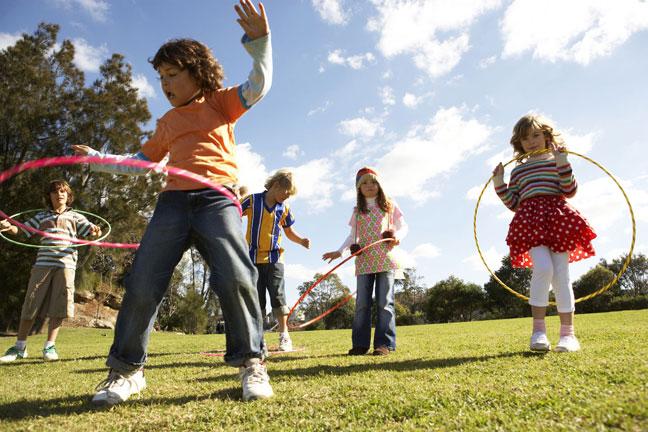According to the Department of Health and Human Services, less than a third of Americans, and only one in five teenagers, meet new physical fitness guidelines issued by the federal government.
The guidelines recommend adults to get at least 150 minutes of moderate-intensity aerobic physical activity and two sessions of muscle-strengthening activity each week. Children ages 6 through 17 should get at least 60 minutes of moderate-intensity aerobic physical activity per day and three sessions of muscle-strengthening per week.
According to the Centers for Disease Control and Prevention, moderate-intensity activity includes some of the following:
- walking briskly
- riding a bike on level ground with few hills
- playing doubles tennis
Even parking farther from entrances and taking the stairs can count as exercise.
Muscle-strengthening activity includes lifting weights, “heavy gardening,” such as shoveling, and yoga.
The guidelines emphasize decreasing sitting time for adults and children younger than 6 years old were included for the first time.
“I think these new guidelines are much easier for people to understand,” said Dr. Damion Martins of Atlantic Sports Health in Morristown, NJ. As a recognized leader in the area of sports performance and exercise testing, Dr. Martins lectures extensively in the field of sports medicine and is the team physician for the NY Jets.
“In my practice at Atlantic Medical Group, I tend to see the patients that over exercise, but am frequently reminded that the vast majority of people in this country are sedentary. Believe it or not, studies show that less than 1/3 of physicians in this country are meeting the recommendations for physical exercise. As part of the Atlantic Sports Health partnership with Parisi Speed School, we have focused our attention on the younger population. Lifestyle changes such as healthy eating and daily physical exercise in this population can have lasting effects.”
Children and adolescents now have a clear road map for aerobic exercise, strength training and bone strengthening.
The guidelines and related reports, published in the Journal of the American Medical Association, say the failure to meet the recommended levels of aerobic physical activity leads to nearly $117 billion in annual health care costs and 10 percent of all premature death.
Much more is known about the benefits of exercise since the guidelines were first released 10 years ago. Not only is exercise known to reduce the incidence of numerous cancers, but also helps reduce anxiety, blood pressure and Alzheimer’s disease and improve brain function and learning.
Some say even the dire picture painted in the federal reports may be too optimistic. So how do we address the epidemic? Many wish there was more focus on what schools – which regularly eliminate physical fitness in favor of teaching time – could do to address the problem.
“The Physical Education Teacher, Coach or Trainer needs to make the exercise experience educational, challenging and fun. You can’t be too serious, and it can’t be all about fun. I like to call the optimal exercise experience for children “serious fun,” said Bill Parisi, Founder and CEO of Parisi Speed School.
The new guidelines urge schools and colleges to offer physical education, after-school sports, public access to school facilities after school, expanded intramural sports and other opportunities for campus recreation.


 Low Pogo Jump Progression
Low Pogo Jump Progression